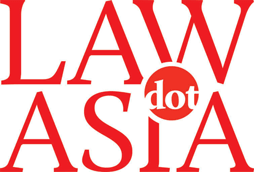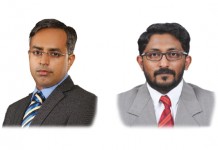Rendering telecom services involves two types of infrastructure – active and passive. Active infrastructure involves base stations, receivers, etc., that are positioned to create the network enabling transmission of data/voice; passive infrastructure denotes towers, base transceiver station (BTS) cabins and battery banks, etc., used to support the active infrastructure. Both types of infrastructure are capital intensive and involve substantial taxes and duties, including excise duty.

The position as to availability of central value-added tax (CENVAT) credit of duties paid on goods used for putting together the active infrastructure is settled in favour of the telecom players. However, the admissibility of CENVAT credit of duty paid on towers/BTS cabins is a bone of contention between the telecom companies and revenue authorities. The issue is whether goods constituting the passive infrastructure qualify as “capital goods” or “input”, enabling assessees to take credit.
Two judgments on the issue in August, by Bombay High Court in Bharti Airtel and the Mumbai Bench of the Customs, Excise and Service Tax Appellate Tribunal (CESTAT) in GTL Infrastructure, have failed to resolve this controversy.
You must be a
subscribersubscribersubscribersubscriber
to read this content, please
subscribesubscribesubscribesubscribe
today.
For group subscribers, please click here to access.
Interested in group subscription? Please contact us.
你需要登录去解锁本文内容。欢迎注册账号。如果想阅读月刊所有文章,欢迎成为我们的订阅会员成为我们的订阅会员。
Ranjeet Mahtani is an associate partner and Rajat Chhabra is a senior associate at Economic Laws Practice. This article is intended for informational purposes and does not constitute a legal opinion or advice.
109 A Wing, Dalamal Towers
Free Press Journal Road
Nariman Point, Mumbai – 400 021, India
Tel: +91 22 6636 7000
Fax: +91 22 6636 7172
Email: RanjeetMahtani@elp-in.com
RajatChhabra@elp-in.com
Mumbai | New Delhi | Ahmedabad | Pune | Bengaluru | Chennai






















